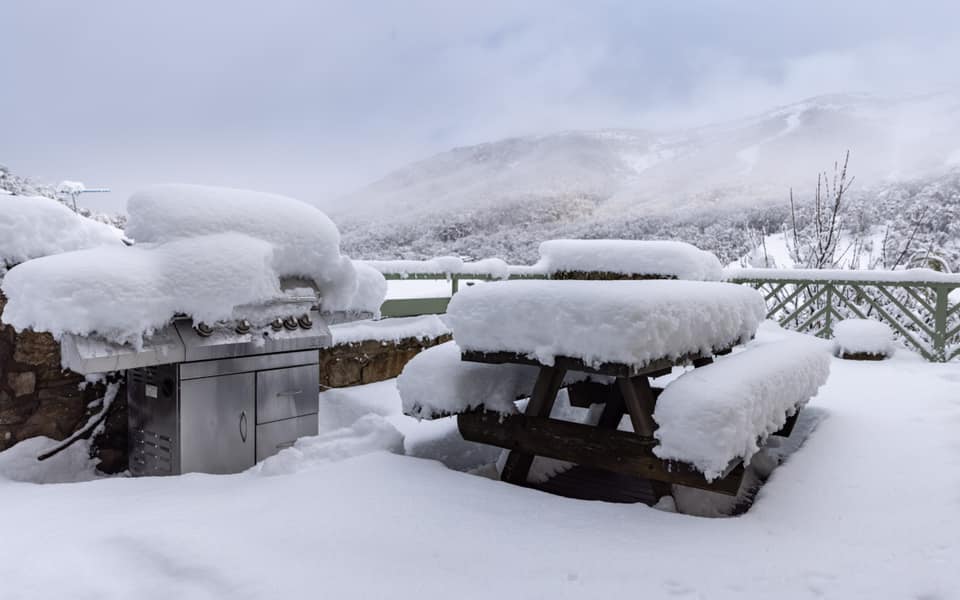Discover the Remarkable Results of Snow in Australia on Neighborhood Ecosystems
Despite its credibility for sun-soaked landscapes, Australia additionally flaunts areas buried by snow-- a phenomenon that greatly affects the nation's one-of-a-kind ecosystems. The shielding homes of snowflakes secure flora and animals in the middle of the coldest winters months, while the melting snow nurtures rivers and water life. The actual marvel lies in just how these icy conditions shape the nation's biodiversity and nutrient cycles. As we decipher this elaborate partnership, we discover ourselves stepping on untouched grounds in Australia's high country.
The Unexpected Areas of Snowfall in Australia
The high nation regions of New South Wales, Victoria, and Tasmania are especially known for their winter months snow. The Snowy Hills in NSW, for circumstances, get bountiful seasonal snow, providing a stark contrast to the nation's typical hot, arid environment. The visibility of snow in these areas substantially affects regional communities, ultimately affecting the nation's one-of-a-kind biodiversity.

Just How Snow Impacts Australia's Special Plants
While it might appear uncommon, snowfall in Australia plays an essential duty fit the nation's special vegetation. The snow-filled winter seasons foster strength in Australian plant varieties. This is specifically noticeable in the towering and sub-alpine areas, where snow gum tissues and hill plum-pines prosper. These plants have actually advanced to endure in severe problems, with snow functioning as a protective blanket from harsh winds and freezing temperature levels. The snow likewise contributes to the wetness web content of the dirt, providing essential hydration for plant during the dry summer season. Essentially, the snow affects the timing of flowering and seed dispersal, the growth rates, and the survival of several plant species, showcasing the detailed interplay in between environment and plants in Australia.

The Adaptations of Australian Animal to Snowfall
Just as Australia's vegetation has adjusted to the wintery problems, the regional fauna too, exhibit exceptional adaptations to the snowfall. Variety like the Mountain Pygmy-possum, the only Australian marsupial known to hibernate, have actually developed approaches to endure in snowy atmospheres. It utilizes the snow as insulation, hibernating in rock crevices under the snow to stay warm. In a similar way, the Snow Skink, a types of reptile, changes its colour to white during winter, supplying camouflage against killers. Birds such as the Snowy Hills' Crimson Rosella likewise adjust their diet regimens to consume available food sources throughout chillier periods. Thus, in spite of the severe problems, Australian animals demonstrates a adaptive and durable nature, guaranteeing their survival in regions experiencing snowfall.
The Function of Snow fit Regional Ecosystems
Fit the regional ecosystems, the function of snow in Australia is both multilayered and extensive. It pop over to this site affects the circulation of flora and fauna, largely specifying the biodiversity of sub-alpine and alpine regions. Snow supplies a crucial water source, feeding rivers and reservoirs as it thaws, hence sustaining a variety of water life forms. Additionally, snow works as an insulator, protecting ground-dwelling microorganisms from severe cold. Similarly, it plays a considerable function in soil development and nutrient biking. The regular cold and thawing of dirt caused by snowfall fosters the breakdown of rocks, enhancing dirt fertility. As a result, the existence of snow forms the vegetation patterns, pet habits, and general sustainability of click here to read Australia's unique communities. Snow In Australia.

The Future of Snowfall in Australia: Predictions and Implications

Provided the critical duty snow plays in forming local environments, the future of snowfall in Australia is drawing enhancing focus from environmentalists and researchers. Less snow can result in decreased water schedule in alpine check that areas, negatively influencing wild animals environments and plant life. The tourist market, heavily dependent on the winter months snow season, might also encounter significant difficulties.
Final Thought
The role of snow in Australia's environments is critical yet typically forgotten. It functions as a guard, a nurturer, and a shaper of varied alpine types, contributing to the richness of Australia's high country. As weather patterns remain to shift, comprehending the effects and prospective improvements of these snow-influenced ecological communities is vital. Thus, the snow in Australia is much more than an all-natural phenomenon; it's a crucial player in the country's ecological story.
Regardless of its online reputation for sun-soaked landscapes, Australia also boasts regions buried by snow-- a sensation that profoundly influences the nation's special environments. It utilizes the snow as insulation, hibernating in rock crevices beneath the snow to stay warm - Snow In Australia.In forming the local ecosystems, the function of snow in Australia is both profound and multilayered. The presence of snow shapes the greenery patterns, pet habits, and general sustainability of Australia's unique ecological communities
Given the essential function snow plays in forming regional environments, the future of snowfall in Australia is attracting raising focus from environmentalists and researchers.